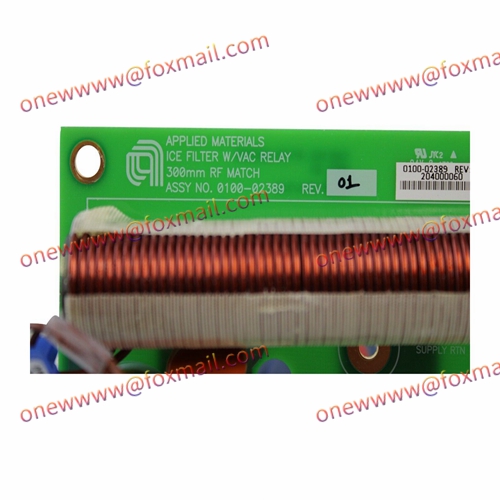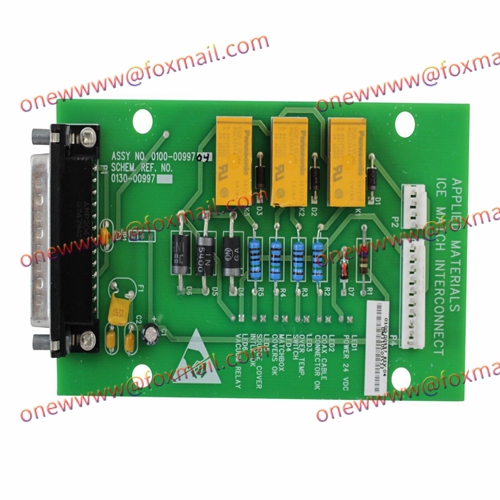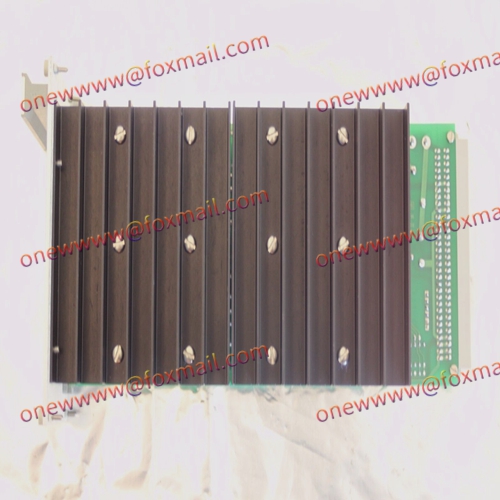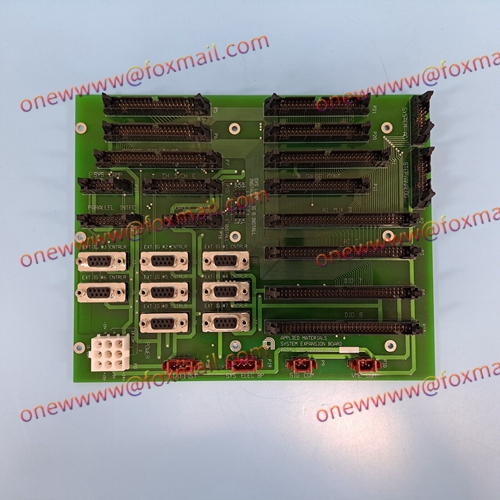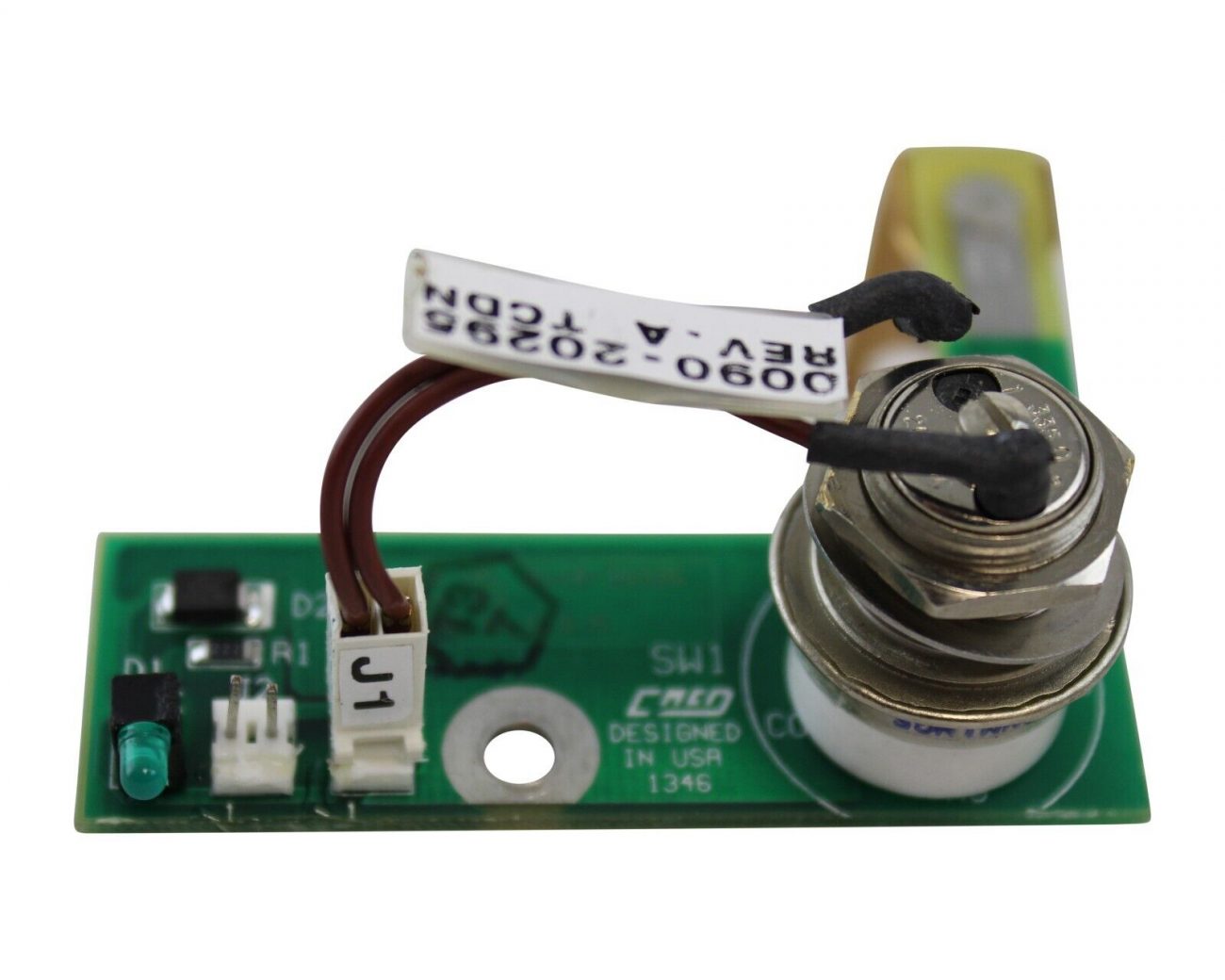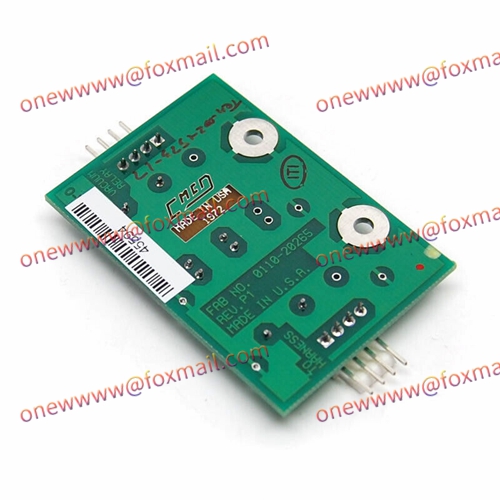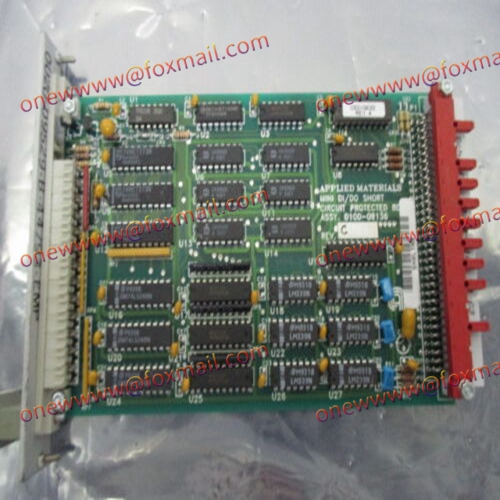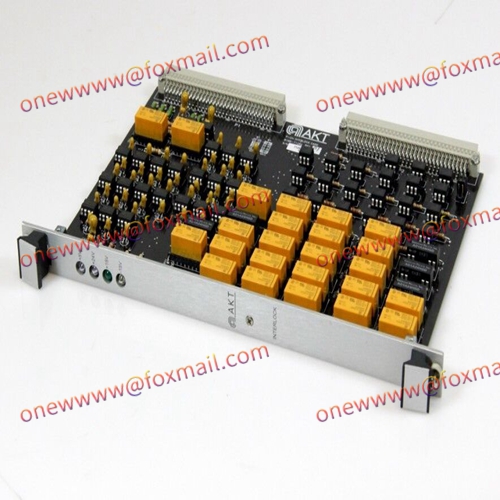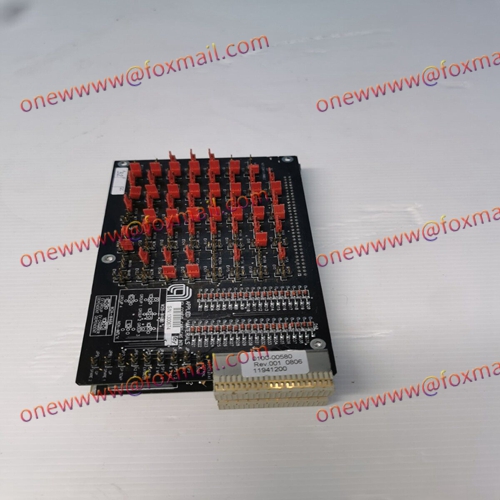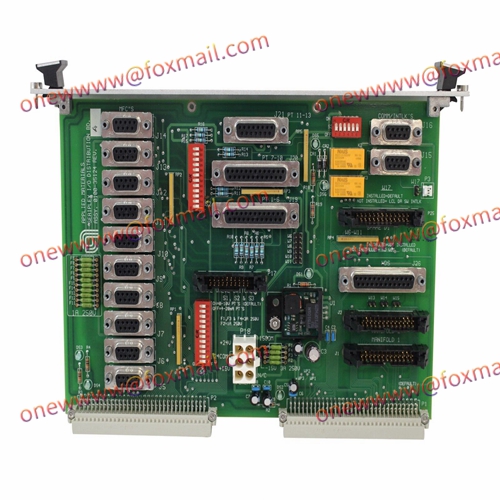AMAT 0100-02389 Relay Module
The AMAT 0100-02389 relay module is a device used to control and operate relays. Relay modules can usually receive input signals and control the connection and disconnection of output circuits through the switch action of the relay. The following are some common application areas for relay modules:
Automation control system: Relay modules are widely used in automation control systems to control and operate various equipment, machines, and systems. It can receive input signals from sensors, switches, and other controllers, and trigger or stop specific operations through the action of relays.
Power system and electrical control: Relay modules play an important role in power system and electrical control. It can be used for protection and control in power transmission and distribution systems, such as motor control, switch control, circuit breaker control, etc.
Automated manufacturing: Relay modules are commonly used in automated manufacturing processes to control and operate various production equipment, machinery, and tools. It can achieve automated start, stop, regulation, and protection functions.
Building automation: Relay modules are widely used in building automation systems for controlling lighting systems, HVAC systems, security systems, and more. It can trigger corresponding operations based on conditions such as time, temperature, and light.
Energy management: Relay modules play an important role in energy management systems. It can control the supply and use of energy, such as the switch and adjustment of lighting, electric equipment, electric vehicle Charging station, etc.
Smart Home: Relay modules are widely used in smart home systems to control household appliances, lighting, safety equipment, and more. It can realize remote control, Time switch, scene setting and other functions.

